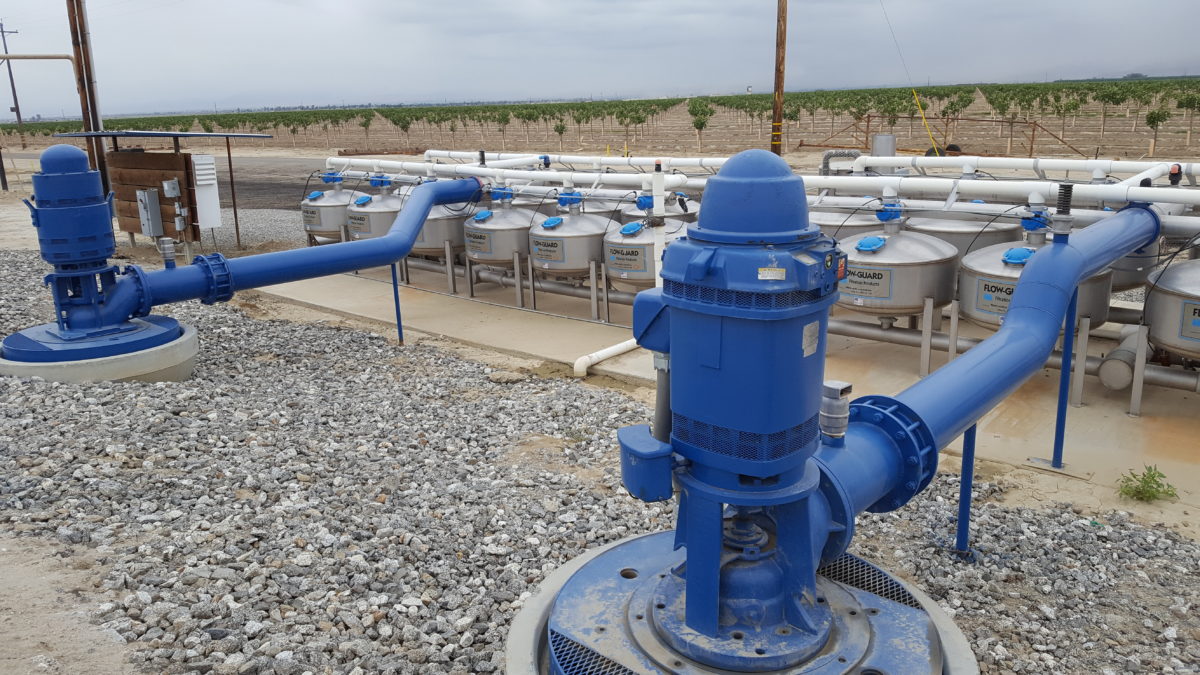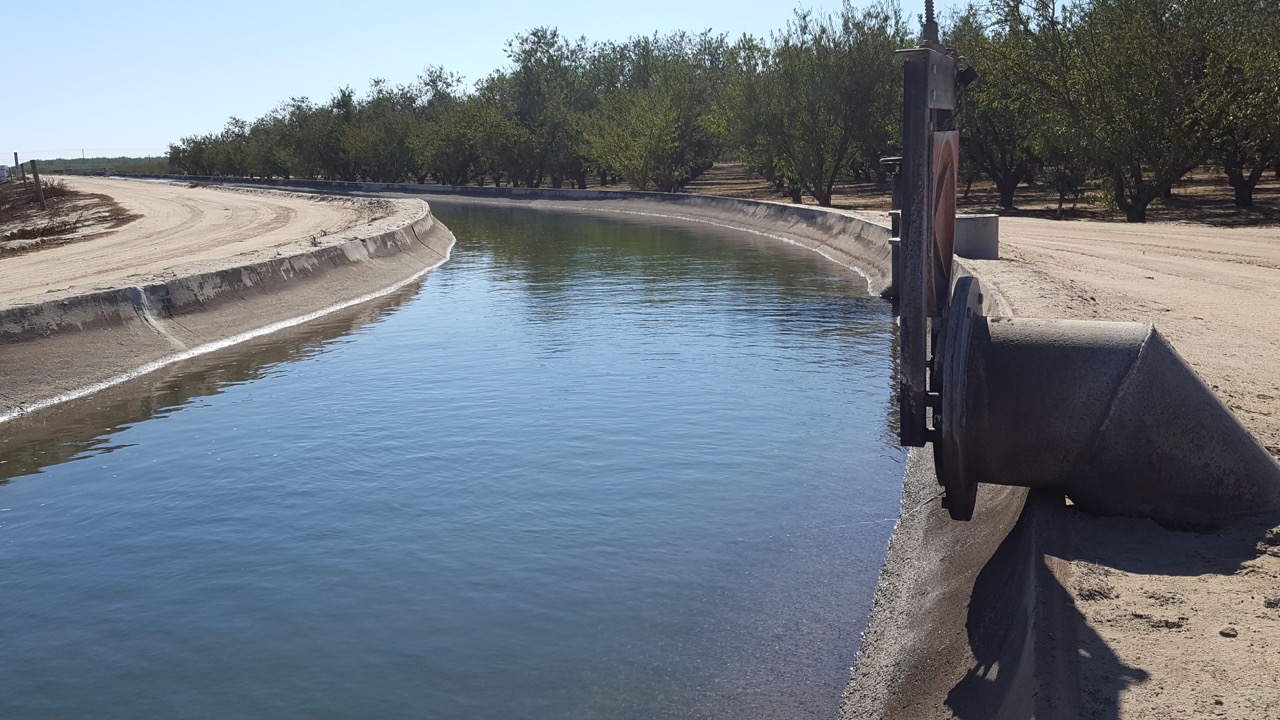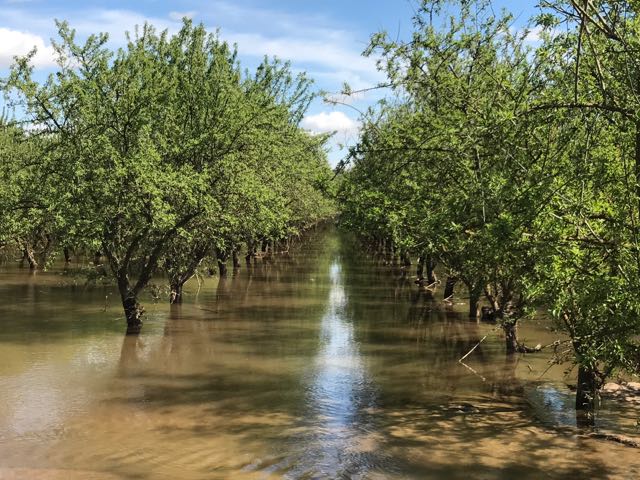SGMA is Risky Business
Farming Life Will Be Difficult With SGMA
From Families Protecting the Valley
The Sustainable Groundwater Management Act (SGMA) is going to make life increasingly difficult for farmers and water districts. Each water district will have to prove it is sustainable within a certain time. Translation: The amount of groundwater overdraft must be reduced to zero over a definite time period.
In order to accomplish this, there are basically two solutions. One, idle (fallow) enough land to reduce the amount to groundwater pumping until the basin is in balance. Or, two, access new surface water supplies to increase the amount available to the basin until it is in compliance. Most basins will probably use a combination of the two methods.
Water districts have the additional task as public agencies to balance their budgets. Water districts that sometimes have extra surface water use that extra supply to sell water to balance the budget. The article referred to below addresses that situation. Merced Irrigation District (MID) is seeking State Water Resources Control Board (SWRCB) approval to sell water outside its basin.
The California Sportfishing Protection Alliance has protested the transfer before the SWRCB. The reasoning as we understand it is that if MID has water to sell outside the basin, then MID can afford to release more water for the environment.
Is there a solution to this dilemma? We suggest that districts that sometimes have excess supplies try to work within their basin, or with neighboring basins to mitigate the impact of SGMA on the local area. Of course, this will require the potential beneficiaries of this water to pay a fair and equitable price to MID. The MID directors have a responsibility to their constituents who have paid taxes for decades and brought in millions of acre-feet of surface water during MID’s existence.
We hope the Valley and its people can work together to maximize the utilization of our available water. Sadly, as we have seen over the past 30 years or so, that once Valley water is appropriated for environmental purposes (whether legitimate or not), it is lost to the Valley forever.


















